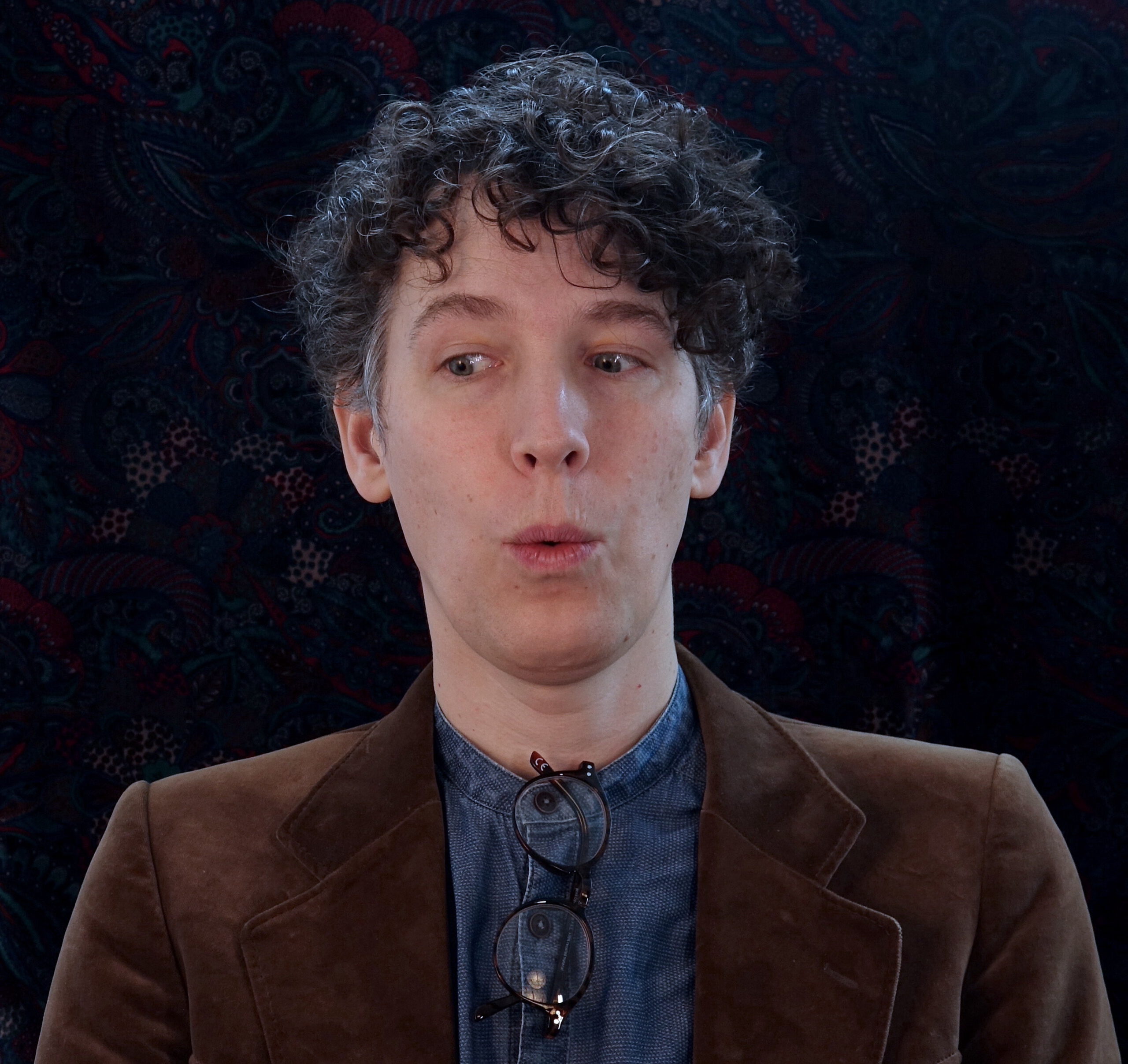In 1974, Karen Thacker, the technophobe wife of Xerox hardware designer Charles “Chuck” Thacker, was introduced to a Xerox Alto running Bravo editing software, and commented, “You mean, what I see is what I get?” WYSIWYG thus enters the lexicon: an ironically cryptic acronym considering it stands for user-friendliness. Mensural notation is not WYSIWYG, something that its practitioners seemed not to fear but rather, embrace. Somewhere between the ‘cantus prius factus’, with its fixed shape, and the multifarious performed transformations foisted upon it, a gap—between the visible and the auditory—is opened up, neither wholly seen nor heard. This gap is not so different from the one explored and capitalised upon by the 15th and 16th century pioneers of visual perspective when dealing with with relationship of subject to image. Appearances can be misleading. In developing the techniques to depict three-dimensional scenes as they are not—as projections on a canvas—artists and geometers alike are also compelled to distort and reimagine the material they work with, illuminating potentials and facets unseen. From the fine art of foreshortening and linear perspective to the stretched and skewed world of anamorphosis, their interests go beyond mere appearances; this is about knowing through transformation. What you see is not all there is to see; what you get is an unfolding and inspection of seemingly fixed stuff—the ‘materia prius factus’. Through a series of musical examples we’ll consider the materiality of imagined spaces and their relationship to the notational canvas.
Presented at the MedRen Conference, July 2025, Newcatstle, UK
